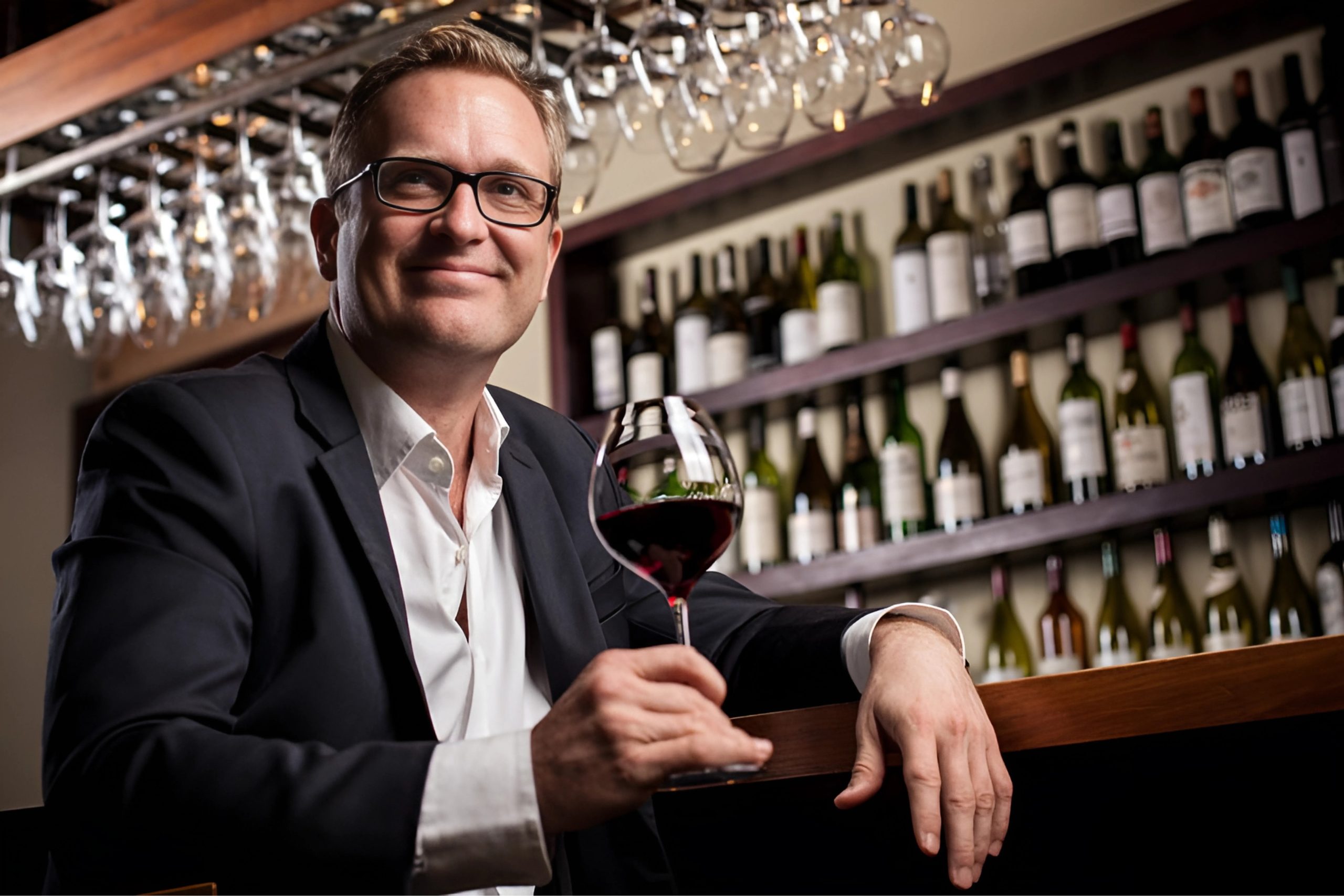Brexit blamed for tumbling Champagne sales
Champagne sales in the UK have taken a tumble over the last year, with the Brexit vote being blamed for a 14% fall in value sales of the sparkler.
While the UK remains Champagne’s number one export market by volume, sales dropped by 8.7% in 2016 to 31.2 million bottles. Value sales meanwhile were even worse hit, plunging by 14% to £381 million.
The CIVC blamed Champagne’s poor performance in the UK on the fall in the value of the pound in the wake of the Brexit vote last June, when the sterling fell to its lowest level against the dollar since 1985.
The CIVC also cited a drop in discounted, own-label Champagne in supermarkets as a reason for deflated sales in the UK last year.
“As UK shoppers walk away from cut-price Champagne, habits are changing in the UK, and it’s going the way the Champenois have long said it should go,” the CIVC said in a statement.
“Aggressive discounting tactics are no longer effective to attract customers and boost the volume of Champagne sales. This will please the Champenois, who have long sought to resist the lure of sales volume, with the risk that this poses for Champagne’s global market position,” it added.
“Positive value is forever the defining objective for Champagne. Volume is nice but, for the good of Champagne, it must always take second place,” Champagne Bureau director Françoise Peretti said.
Partner Content
“It seems that UK customers are no longer seduced by the cut-price propositions but their appetite for premium-priced Champagnes is plainly growing with rosé and prestige cuvées gathering momentum.
“We should not be surprised. Champagne was always meant to be at the pinnacle. What we see here is a reinforcement of that special status in the minds of its most loyal customers,” she added.
Rosé Champagne sales have risen 25% in value in the UK since 2010, while volume sales of prestige cuvées surged 88% over the same period.
For an in-depth look at the Champagne category, pick up a copy of the drinks business’ annual Champagne report at the annual CIVC tasting in London next Wednesday 29 March.





Ummmm Some one should do the maths…31.2m bottles @ £381m value? Thats only £12.21 a bottle. Appreciate there has been a bit of £10.99 stuff foating around but Moet and Veuve Cliquot sales alone should drag that up to the high teens.
interesting perspective and article on Brexit and it’s effect on champagne sales !
blaming it on Brexit is head in the sand analysis! sparkilng wine is about celebration (whether champagne or otherwise) – but people have moved away to other quality sparkling wines.. there’s been plenty of Prosecco drunk in the last year I would imagine.. and as consumers get more knowledgeable they will find plenty of other regional french options can offer value.
Oh! Come on! Really! The next thing they will blame the Trump election too…oh wait I think they already have! LOL! As the cost of the Big Name producers prices sore with every passing quarter and consumers find excellent and outstanding sparkling wines from else where in the world at less than even half the price of the ever price increasing Champagne I am glad to see the Big Houses start to loose market share! I have also seen a host of smaller producers of Champagne pricing completely blow my mind in the $20 to $25 price range….$24.99 one Rene Marie Catel Champagne Blanc de Noir as sold retail at Stew Leonard’s Wine and Spirits of Farmingdale NY. I never heard of this producer or the Louis Dutton until the big boys sky rocketing prices forced some smaller distributors hand to find these small gems. I urge you from one bubble head to another hunt them down they are definitely worth finding!
@Max, the CIVC figures I’ve seen previously have always been the price the Champagne houses are paid when the bottles leave their cellars. So you have to add retail margin, alcohol tax and VAT to arrive at the consumer price on the shelf. I guess that would be something like twice the price mentioned.